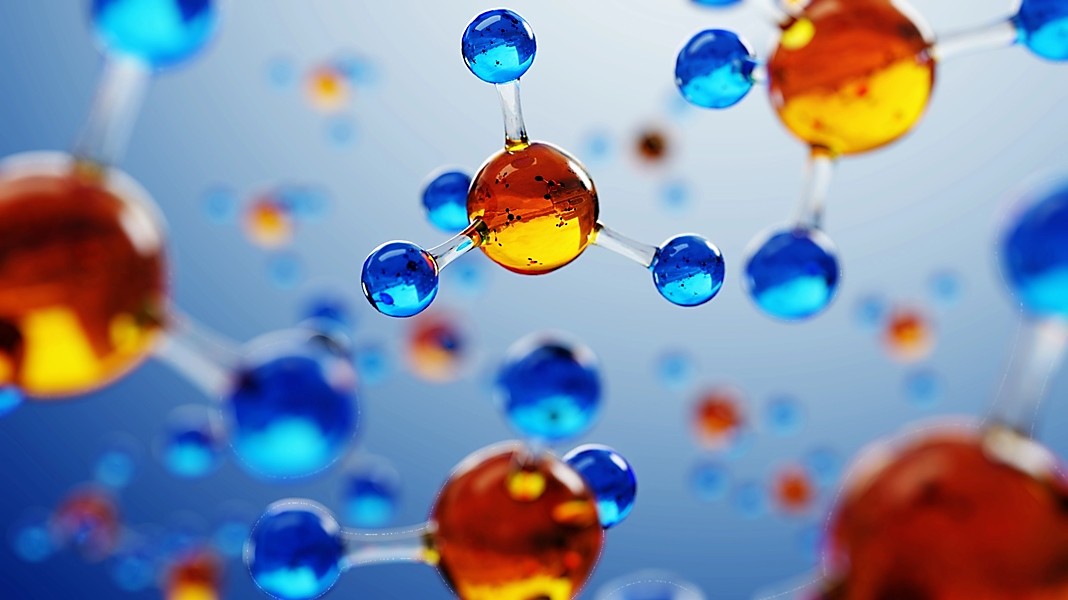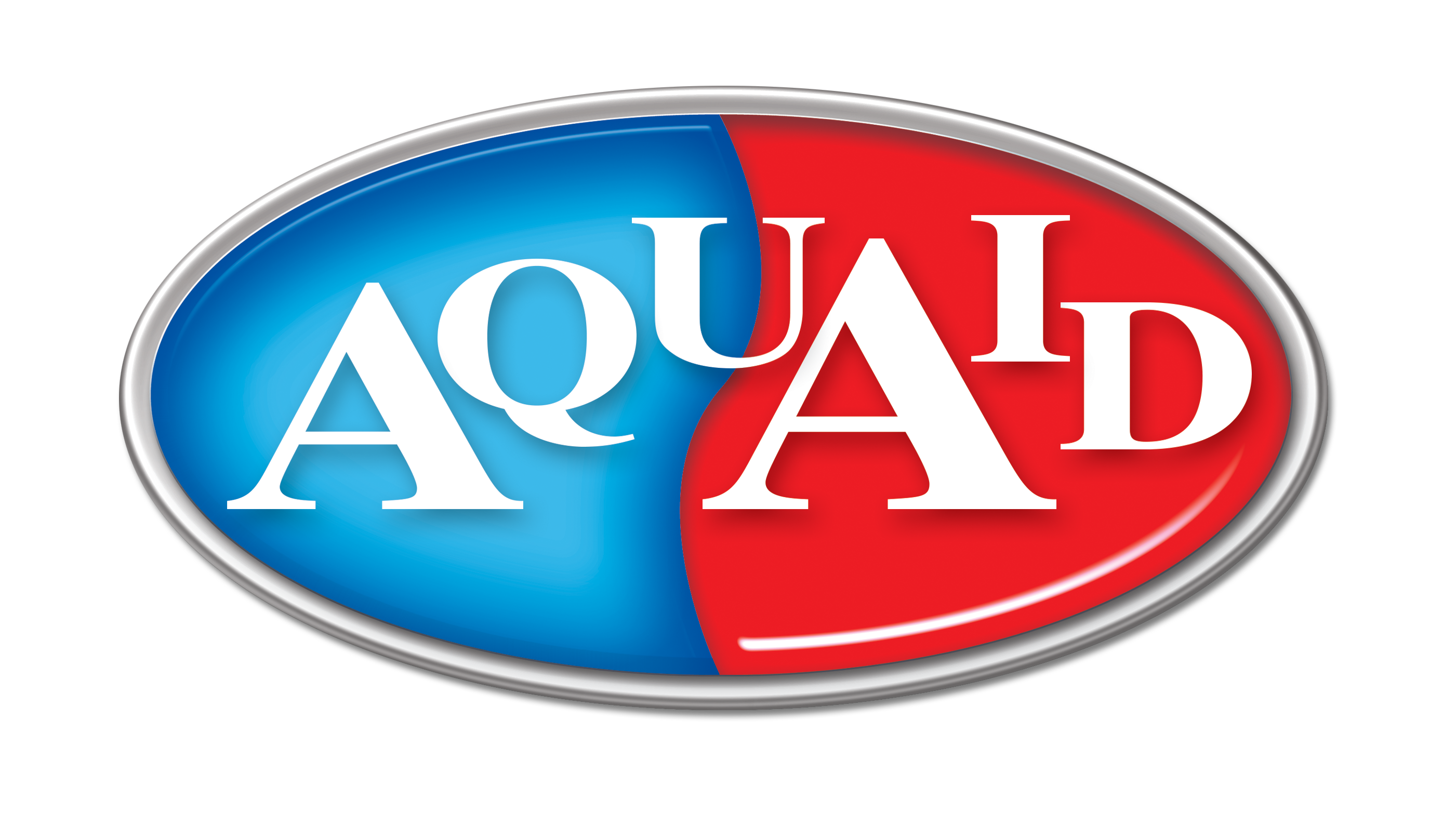
by Fern Shaw | Mar 26, 2013 | Health and Hydration
Hydration
Verb
A compound, typically a crystalline one, in which water molecules are chemically bound to another compound or an element.
Noun
Cause to absorb water.
Hydration
The process of combining with water; is usually reversible.
Further than the noun and the verb of the word, what is the big, fat, hairy deal with hydration? Is it just a buzzword? A trend? Or, is there actually something more to it?
Short answer:
Yes!
Elaborate:
Well, perhaps hydration is a bit of buzz word and 2 decades ago, we, similar to our animals, referred to our being needed to be kept hydrated as being kept ‘watered’, however, the importance is the same – drinking sufficient water is essential to humans – in fact, it is an absolute necessity.
Why?
Water makes up approximately 70 per cent of an adult’s body, so as petrol fuels an engine to make it run, water is the fuel that runs our bodies (and brains etc. etc).
For a car engine, it’s pretty simple, no fuel, no motion, but for humans, a little more dramatic – you could be doing yourself harm by not keeping hydrated – to the point where you can hardly function and potentially exacerbate any deficiency or illness you may have.
Next week, perhaps you’d like to gather around the water cooler with me for more detail about the importance of drinking the aqua whether at the workplace, the home space or schmoozing the FaceBook.
by Fern Shaw | Jan 30, 2013 | Health and Hydration
Even if you’re making an attempt to stay hydrated, you may be unknowingly consuming foods and drinks that dehydrate you. Certain ingredients can increase urination, cause fluid imbalance, and make you feel thirsty more often. Understanding how these substances impact your hydration status is key to maintaining optimal health.
Sodium is a Big Culprit
Eating too much salt can disrupt your electrolyte balance, leading to fluid retention and eventual dehydration. When you eat salty snacks, your body signals thirst in an effort to maintain proper hydration status. Some common high-sodium foods include:
- Fast foods
- Potato crisps
- Tinned foods
- Cured meats
- Condiments like tomato sauce (ketchup), mustard, and salad dressing
To prevent dehydration, try balancing your sodium intake by eating water-rich foods like cucumbers, watermelon, and oranges.
Sugary Drinks Also Contribute
Much like salty foods, beverages with excessive sugar can also cause dehydration. Drinks such as energy drinks, sodas, and overly sweetened coffees lead to fluid loss, making it harder for your body to stay properly hydrated.
Many of these drinks contain caffeine, a diuretic that increases urination, further depleting fluids. Instead of relying on sugary drinks, consider healthier alternatives like coconut water, which replenishes lost electrolytes and supports hydration.
Foods to Help Your Body Stay Hydrated
Instead of consuming foods and beverages that contribute to dehydration, opt for hydrating foods and nutrient-dense options that help your body retain moisture.
Blueberries
Yielding antioxidants, vitamin C and anti-inflammatory properties, a handful of these berries daily in season can do wonders.
Fatty Fish
Fatty fish with omega-3s include salmon, herring, sardines, and mackerel. Make sure that you only buy fish off the endangered list.
Soy
This does not mean using enough soy sauce to turn your sushi rice into another colour. Soy sauce has a high sodium content. Clean and simple soy is recommended. Soy in this category includes tofu, soy milk, and edamame. Edamame, for the curious, is green soybeans boiled or steamed in their pods and it’s very trendy to be seen eating edamame.
Fibre
Some great options for getting more fibre in your body are:
- Beans. Think three-bean salad, bean burritos, chilli, soup.
- Whole grains. That means whole-wheat bread,and pasta.
- Brown rice. White rice doesn’t offer much fibre.
- Popcorn. It’s a great source of fibre.
- Nuts. Almonds, pecans, and walnuts have more fibre than other nuts.
- Baked potato with skin. It’s the skin that’s important here.
- Berries. All those seeds, plus the skin, give great fibre to any berry.
- Bran cereal. Actually, any cereal that has 5 grams of fibre or more in a serving counts as high fibre.
- Oatmeal. Whether its microwaved or stove-cooked, oatmeal is good fibre.
- Vegetables. The crunchier, the better.
Drinks to Help Prevent Dehydration
Instead of sugary, dehydrating drinks, try these alternatives to avoid dehydration:
Tea
The antioxidant powers of tea are present in both black and green tea. Try these tips on switching from fizzy drinks to water for the added effect of consuming more tea while you’re drinking less fizz.
Calcium-rich Foods
Many health-conscious men and women tend to stay away from dairy products for fear that they contain fat, but calcium is necessary for the body. If you’re scared of the cheese and milk, take a calcium supplement.
A good rule of thumb is to drink enough water consistently throughout the day and adjust your fluid intake based on activity level, diet, and overall health. By making mindful choices, you can avoid dehydrating foods and drinks, improve energy levels, and keep your body properly hydrated for optimal well-being. Find more hydration tips and browse our range of water solutions at AquAid UK. Contact us today!
by Fern Shaw | Dec 13, 2012 | Health and Hydration
Encourage your children to eat water-rich foods
At home and in the lunchbox, encourage your child to eat water-rich foods like grapes, watermelon, cucumbers, carrots, and tomatoes.
Float slices of fruit (such as lemons or limes) in a jug of water
Or be creative with strawberries, clementine segments and any other colourful fruit.
Let your children drink what they want – within reason
Water is always going to be the healthiest drink for both children and adults, but if plain water makes them turn their noses up, give your children a little more freedom. Milk, natural juice, and flavoured water all work. However, to help them avoid a caffeine or sugar addiction early in life; never let them try fizzy drinks (or worse, take one to school). Hydrated children are happy children.
Give your child a straw.
It may sound strange, but we actually drink more when we’re drinking through a straw. With a straw, kids will be encouraged to drink more fluids, and they may enjoy the fun factor of having a straw in their favourite colour.
Use ice cube trays that make fun shapes and use those ice cubes in your child’s water
Nothing quite like the fascination of watching an ice cube shape melt while drinking your water and should the ice cube drop or fall, no mess apart from a little puddle!
Take your child to pick out a new, special cup
Young children are big on ‘ownership’, especially when there are siblings, so once they have their own individual drinking cup, this will encourage them to use their cup for drinking from.
by Fern Shaw | May 27, 2012

Are you dehydrated?
A massive 96% of UK office workers are reported to be dehydrated. A mere 2% drop in hydration can lead to a 20% drop in concentration.
Staying hydrated is crucial for maintaining your physical and mental well being. A simple way of determining your hydration status is by looking at the colour of your urine and comparing it with the colour chart on the left.
When you are drinking enough water your body is in balance and your urine will be a pale straw yellow colour (hydrated).
When you have not drank enough water your kidneys try to save as much water as they can and cause your urine to be darker in colour (Dehydrated).
Below are just some of the effects of dehydration:
- Fatigue
- Headaches
- Nausea
- Confusion
- Painful urination
Thankfully, regaining hydration is simple. One or two cups of water will quickly give the body the water it needs and help you maintain a healthy and active life.
Why not download our PDF and enable yourself to put a chart up in your toilets to help your staff stay hydrated – Download the pdf here.

by Fern Shaw | Oct 27, 2025 | Water Boilers, water cooler, Water Coolers
You’d think it would be simple, right? Water is just two hydrogen atoms and one oxygen atom. So why can’t we just mix them together and end the world’s water shortages once and for all?
Well, as it turns out, that’s where things get a little … explosive.
The Science Bit (Without the Headache)
To create water, you need both hydrogen and oxygen atoms. Mixing them together, however, doesn’t magically make water – you just end up with a room full of flammable gas and some nervous scientists.
For hydrogen and oxygen to truly bond, their electrons need to link up. And that requires a sudden burst of energy, basically a spark, to get the atoms to ‘hook up’.
Sounds easy enough, but here’s the problem: hydrogen is highly flammable and oxygen feeds fire. Put them together and one tiny spark later – boom! You get water … and possibly an impressive fireball.
So, What’s the Alternative?
Not to worry, there’s no need to start mixing gases in the office kitchen to stay hydrated. There are brilliant minds out there working on safer, sustainable ways to generate water.
For now, if you’re after a reliable and constant source of water that doesn’t go ‘boom’ when you drink it, speak to us at AquAid.
Safe, Healthy Hydration
Explore our range of water coolers, hot water boilers and water fountains – the perfect solution for all your drinking water needs – for offices, worksites, schools, hotels and anywhere else you’d rather keep things calm, cool and well hydrated.
Not sure which water cooler suits your needs? Contact us at AquAid where one of our friendly team will be happy to help you find the perfect fit.
Just one note – our water coolers aren’t designed for scientific experiments. Best leave that to the professionals!



